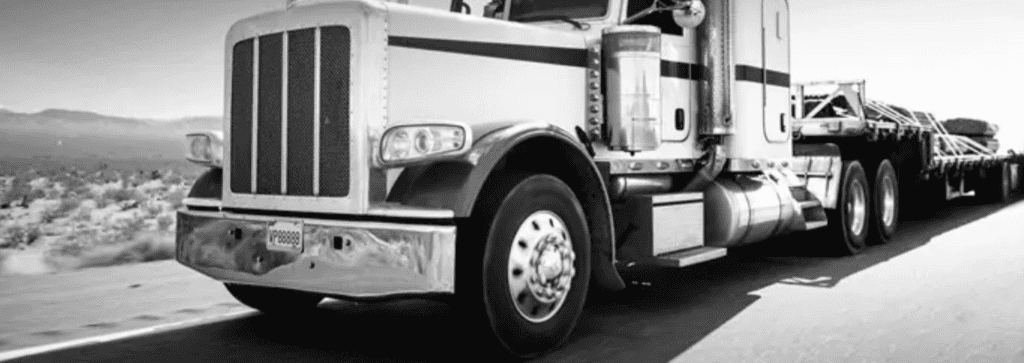
Fleet managers and truck drivers know the importance of checking tire pressure, monitoring tread wear and tear, and replacing tires when necessary. However, many neglect basic tire maintenance because of the time, hassle, or expense involved. Unfortunately, tire blowouts often have dramatic consequences. Tire failures can cause the driver to lose control of the truck, resulting in crashes, injuries, and deaths. Failing to maintain tires is tantamount to negligence in catastrophic collisions, and juries won’t hesitate to hand out nuclear verdicts against the trucking company.
Teaching drivers how to properly inspect and maintain their tires is essential to mitigate this liability. Some maintenance steps seem obvious, such as checking the tire pressure often. However, this simple step has several nuances that can make the difference between a safe tire and one at risk of failure. Trucking companies and commercial drivers can take the following steps to ensure the longevity and safety of their tires:
- Use a truck tire pressure gauge. Passenger vehicle gauges often max at 100 psi, whereas heavy-duty truck gauges go up to 150 psi.
- Check for pressure consistency for dual-wheeled trucks. Every tire on dual-wheeled trucks needs to have the same tire pressure. If one of the tires has a lower psi, the other carries the bulk of the truck’s load. Similarly, dual-wheeled vehicles need the same type of tread for the tires on the rear axle. Different treads cause uneven wear and can disrupt traction.
- Monitor tread depth and replace as needed. The Federal Motor Carrier Safety Administration (FMCSA) requires all front-wheel and steer tires to have a minimum tread depth of 4/32 of an inch. However, waiting until the wheels reach this minimum threshold can become a dangerous practice. Most schedules don’t allow for abrupt tire changes. Truck tires need enough tread for safe operation while waiting for maintenance crew availability.
- Address replacement tires quickly. Replacement tires following a tire failure can allow truck drivers to get home safely. However, these tires aren’t a long-term solution, as they often have different tread patterns and depths than the other tires. Leaving the replacement tire on the truck can lead to uneven wear and other tire problems down the road.
- Inspect tires for cuts and bulges. Mechanics and maintenance crews can repair certain types of tire damage, such as punctures or cuts less than a quarter of an inch in diameter. However, it’s not possible to determine a damaged tire’s serviceability on sight alone. Always seek an expert’s opinion and follow their recommendation to repair or replace the tire.
A simple tire inspection can identify significant safety hazards before they become catastrophes. Contact Interstate Motor Carriers to learn more ways to reduce your trucking company’s risks.

